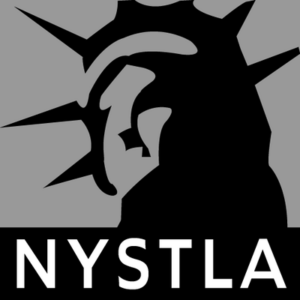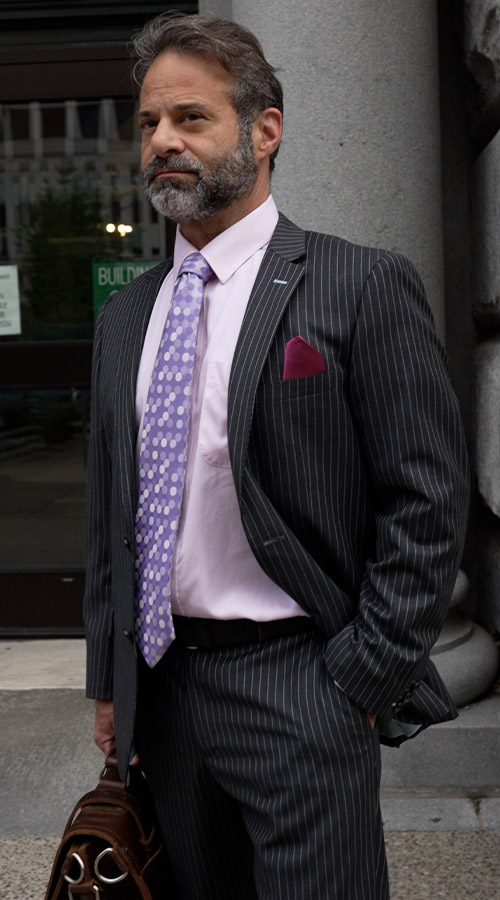Bus accidents in New York are unfortunate events that can have significant consequences for all involved. The complexity of these incidents often lies not only in the severity of the injuries but also in the intricate web of potential liabilities. Understanding who is responsible for the damages incurred during a bus accident is crucial for victims seeking compensation. In New York, liability determination in bus accident cases requires a thorough examination of various factors, including the actions of the bus driver, the condition of the vehicle, the involvement of other vehicles or pedestrians, and even the policies of the bus company. Navigating these factors to establish liability can be challenging, yet it is essential for ensuring that victims receive the compensation they deserve.
Understanding the Basics of Bus Accident Liability
To comprehend how liability is determined in a bus accident case in New York, it is necessary to first understand the concept of liability itself. Liability refers to the legal responsibility one party has for the damages or injuries suffered by another. In the context of a bus accident, multiple parties may be held liable depending on the circumstances of the incident. Determining liability involves assessing who acted negligently or failed to act in a manner that would have prevented the accident.
Negligence is a fundamental concept in personal injury law and is often at the core of bus accident cases. It occurs when a party fails to exercise reasonable care, leading to harm to another person. In New York, for an individual or entity to be deemed negligent, it must be proven that they owed a duty of care to the injured party, breached that duty, and caused harm as a result of that breach. Establishing these elements is essential for determining liability in a bus accident case.
The Role of the Bus Driver in Determining Liability
One of the primary factors in determining liability in a New York bus accident is the conduct of the bus driver. Bus drivers are expected to operate their vehicles with a high degree of care due to the large number of passengers and the potential dangers associated with bus travel. When a bus accident occurs, investigators and legal professionals closely examine the actions of the bus driver leading up to the incident.
If a bus driver was speeding, distracted, driving under the influence, or violating traffic laws, they might be found liable for the accident. New York law mandates that drivers must operate their vehicles in a manner that ensures the safety of their passengers and other road users. When a bus driver fails to do so, they may be held responsible for any resulting injuries or damages.
In some cases, the bus driver’s employer, often a private bus company or a government entity, may also be held liable for the driver’s actions. This is particularly true if the company failed to properly train or supervise the driver or if they were aware of the driver’s history of reckless behavior and allowed them to continue driving. The concept of vicarious liability can apply in these situations, where the employer is held responsible for the actions of their employee.
The Condition of the Bus and Mechanical Failures
Another critical aspect of determining liability in a New York bus accident case involves the condition of the bus itself. Buses, like all vehicles, require regular maintenance to ensure they are safe to operate. Mechanical failures or defects can lead to catastrophic accidents, and when these issues are present, the party responsible for maintaining the bus may be held liable.
In New York, bus companies are required by law to perform regular inspections and maintenance on their vehicles. If it is found that a bus involved in an accident had not been properly maintained, and a mechanical failure contributed to the crash, the bus company could be held liable. For instance, if a brake failure caused the bus to collide with another vehicle, and it was discovered that the brakes had not been inspected or replaced as needed, the bus company may be responsible for the resulting damages.
Additionally, if the bus was manufactured with a defect that led to the accident, the manufacturer of the bus or its parts could also be held liable. This situation falls under product liability law, where manufacturers are responsible for ensuring their products are safe for use. If a defect in the design or manufacturing process caused the accident, victims could pursue compensation from the manufacturer.
Related Videos
How should I choose a personal injury attorney for my claim?
Insurance companies dirty tricks
The Involvement of Other Vehicles or Pedestrians
In many bus accidents, other vehicles or pedestrians may also be involved, complicating the process of determining liability. When multiple parties are involved in an accident, New York law allows for the possibility of shared liability. This means that more than one party can be found at fault for the incident, and each party’s degree of responsibility is assessed.
For example, if a car collided with a bus because the car driver was texting while driving, the driver of the car may be found partially liable for the accident. However, if the bus driver was also speeding or failed to yield the right of way, they might share liability. In such cases, the concept of comparative negligence is applied. Under New York’s comparative negligence law, the compensation a victim can receive is reduced by the percentage of fault attributed to them. Therefore, if a victim is found to be 20 percent at fault for the accident, their compensation would be reduced by 20 percent.
Pedestrians can also be involved in bus accidents, and their actions are scrutinized just as carefully as those of drivers. If a pedestrian was jaywalking or crossing the street outside of a crosswalk when they were struck by a bus, they might be found partially or wholly liable for the accident. However, if the bus driver was driving recklessly or failed to notice the pedestrian in time, they may share liability.
The Responsibility of the Bus Company
Bus companies, whether privately owned or operated by a government entity, have a significant responsibility in ensuring the safety of their passengers and the public. When a bus accident occurs, the policies and practices of the bus company are often closely examined to determine if they contributed to the incident.
One area of scrutiny is the hiring practices of the bus company. If it is found that the company hired a driver with a poor driving record or failed to conduct thorough background checks, they could be held liable for the accident. Similarly, if the company did not provide adequate training to the driver or failed to enforce safety protocols, they might be responsible for any resulting damages.
Bus companies are also responsible for maintaining their fleet of vehicles. As previously mentioned, regular maintenance is essential for preventing accidents caused by mechanical failures. If a bus company neglects its duty to maintain its vehicles, and a defect or mechanical issue leads to an accident, the company could be held liable.
Additionally, bus companies are required to carry insurance that covers their vehicles and drivers in the event of an accident. However, dealing with insurance companies can be challenging, as they often attempt to minimize their payouts. It is crucial for victims of bus accidents to seek legal representation to ensure they receive fair compensation for their injuries and damages.
The Role of Government Entities in Public Bus Accidents
In New York, many buses are operated by government entities, such as the Metropolitan Transportation Authority (MTA). When a public bus is involved in an accident, determining liability can be more complex due to the involvement of a government agency. Suing a government entity for negligence is different from suing a private company, and there are specific procedures and deadlines that must be followed.
One of the key differences is the requirement to file a notice of claim before initiating a lawsuit against a government entity. In New York, this notice must typically be filed within 90 days of the accident. Failing to file this notice on time can result in the victim losing their right to sue the government entity. Therefore, it is critical for victims of public bus accidents to act quickly and consult with an attorney who has experience in handling claims against government entities.
Government entities are also protected by certain immunities that can make it more difficult to hold them liable. For instance, if a bus driver employed by the MTA was following the agency’s policies and procedures at the time of the accident, the agency may argue that they are not liable for the driver’s actions. However, if it can be proven that the bus driver was negligent or that the agency’s policies were unsafe, the government entity may be held responsible.
Challenges in Proving Liability in Bus Accident Cases
Proving liability in a New York bus accident case can be a daunting task, as it requires gathering substantial evidence and often involves multiple parties. Evidence such as surveillance footage, witness statements, police reports, and maintenance records can all play a crucial role in establishing who is at fault. However, obtaining this evidence can be challenging, especially when dealing with government entities or large bus companies that may be reluctant to release information.
Another challenge in proving liability is the potential for conflicting accounts of the accident. Different witnesses may have seen the incident from different perspectives, leading to varying interpretations of what happened. Additionally, the parties involved may have a vested interest in minimizing their own liability, leading to disputes over the facts of the case.
In some instances, accident reconstruction specialists may be called upon to analyze the scene and provide their professional opinion on how the accident occurred. This can be particularly useful in complex cases where the cause of the accident is not immediately clear. However, even with testimony, proving liability requires a comprehensive and well-documented case.
Why Legal Representation is Essential
Given the complexities involved in determining liability in a New York bus accident case, it is essential for victims to seek legal representation. An experienced attorney can navigate the legal process, gather the necessary evidence, and advocate on behalf of the victim to ensure they receive the compensation they deserve. Without legal representation, victims may find themselves at a disadvantage when dealing with insurance companies, bus companies, or government entities that have extensive resources to defend against claims.
At The Nicotra Law Firm, PC, our attorneys understand the challenges that bus accident victims face and are committed to helping them achieve justice. We have the knowledge and experience needed to thoroughly investigate your case, identify the liable parties, and hold them accountable for their actions. If you or a loved one has been injured in a bus accident, do not hesitate to contact us.







